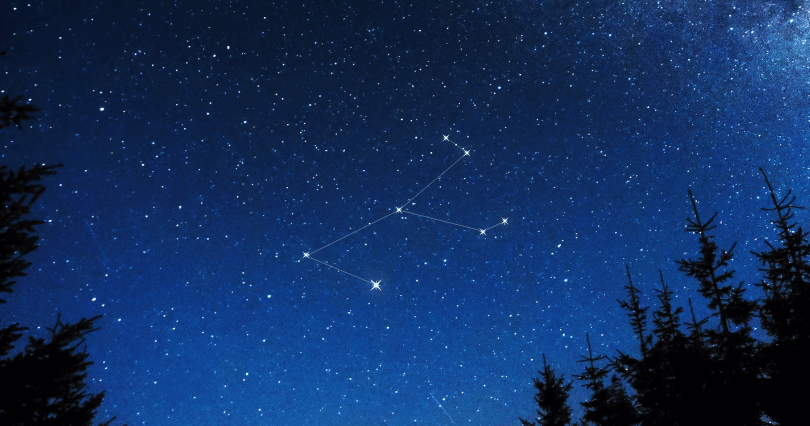Monoceros Constellation

Monoceros constellation is a faint medium-sized constellation in the northern sky, located in the celestial equator. Its name is Latin and it means the unicorn. Due to the fact this constellation is relatively faint one, contains only stars of the fourth magnitude. However, it could be easily spotted from both hemispheres, and the best time to see it is during winter months. Monoceros constellation is located between Orion, Hydra and Gemini constellation, and the bright star forms the Canis Major – Sirius star. The constellation was not known to famous Greek astronomer Ptolemy, and the first official records of it dated from the 16th century and Peter Plancius. In 1612. Plancius created a celestial globe with the new constellation, and the Unicorn was part of them, but by name Monoceros Unicornis. Bartsch did, later on, link this constellation with the mythical creature that represents the Divine truth horn of Jesus Christ.
How to find Monoceros constellation?
Monoceros constellation is the 35th constellation in size, and it lies in the second quadrant of the northern hemisphere. Its location is on the celestial equator on the northern sky and could be easily spotted to all observers at latitudes between +75° and -90°. Unicorn is bordered by Canis Minor, Canis Major, Gemini, Hydra, Lepus, Orion and Puppis constellations.
Monoceros is a member of the Orion family of constellations, along with these constellations: Canis Minor, Canis Major, Orion, and Lepus.
Major stars in Monoceros constellation
Monoceros constellations contain only a few fourth magnitude stars and are known as inconspicuous ones. Several deep sky objects and stars are linked to it like S Monocerotis, R Monocerotis, V838 Monocerotis, Plaskett’s Star, the triple star Beta Monocerotis, the open cluster Messier 50 (NGC 2323), the Rosette Nebula, the Christmas Tree Cluster, and the Cone Nebula. In total there are 16 planets with its known planets and one Messier object that is linked to Monoceros constellation. The brightest star from Monoceros is Beta Monocerotis with a magnitude of 3.76. Two meteor showers are connected to Unicorn constellation – Alpha Monocerids and the December Monocerids. Alpha Monocerotis is the brightest star in Unicorn constellation. It is an orange giant 144 light-years distant from the Sun with a magnitude of 3.76.
Mythology of the Monoceros Constellation
Monoceros was not known to Greeks, and therefore there aren’t any myths or tails from Greek- Roman history linked to these constellations. The constellation is named after mythical creature – the unicorn, but the Ptolemy was not able to spot it and add it to his 48 then-known lists of constellations, he created in the 2nd century CE.
The first record of this constellation is from the 16th century when the Dutch fleet, under Captain Keyser, traveled to the legendary Spice Islands so the new trade relationships could be created. Under that journey, the positions of 135 stars were measured, and later on, placed in Plancius’ sky maps. From their observing, he depicted 12 new constellations that were not been recognized before, and Monoceros was one of them but named Monoceros Unicornis. The constellation was created in 1612. To fill the gap between Orion and Hydra constellations. The name of this constellation has biblical meaning and it was later on shortened by the German astronomer Jakob Bartsch and included in his star chart as Unicorns.
Choose your package
-
Lifetime Entry in Star Catalog
-
Guaranteed visible from your location
-
Star Finder app access


-
Free & express shipping available
-
PDF Emailed in Seconds
-
Everything from a Standard Star package
-
Choose a Star Constellation
-
Easier to find in the Sky




-
Free & express shipping available
-
PDF Emailed in Seconds
-
Everything from a Standard Star package
-
Name Two Stars together
-
Extra bright and Unique 2-Star Pair






-
Free & express shipping available
-
PDF Emailed in Seconds



